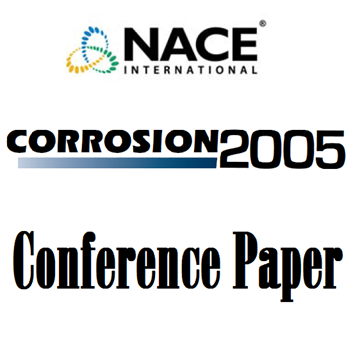Search
03221 ACCELERATED TESTING OF SELF-HEALING COATINGS
Also Purchased
00168 PERFORMANCE TESTING OF FUSION BONDED EPOXY COATINGS
Product Number:
51300-00168-SG
ISBN:
00168 2000 CP
$20.00
05031 Testing and Selection of Girth Weld Protective Coatings
Product Number:
51300-05031-SG
ISBN:
05031 2005 CP
Publication Date:
2005
$20.00
Recently viewed




